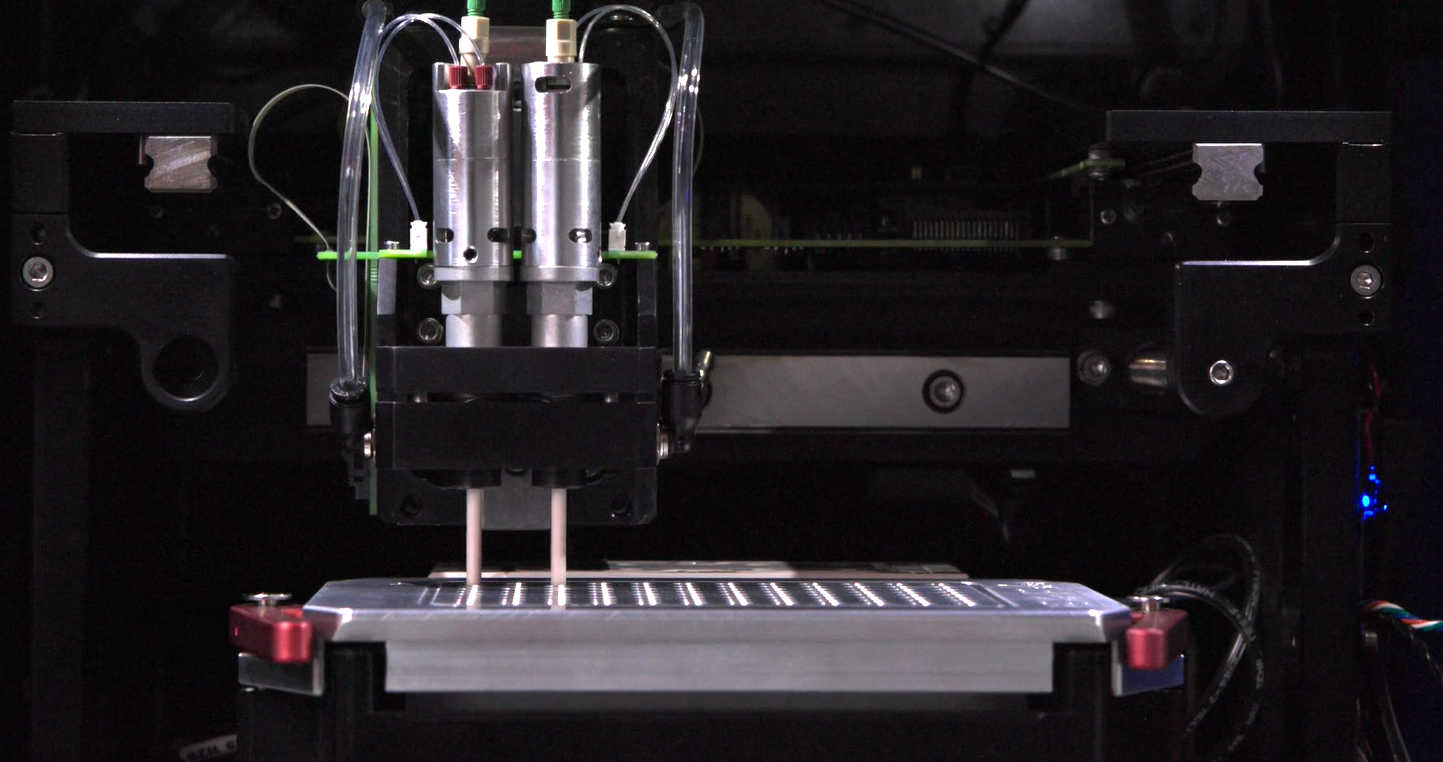Infrared (IR) spectroscopy first came into use for characterizing proteins and peptides in the 1950’s and has since gained acceptance as a powerful tool for protein and peptide characterization.
By monitoring higher-order structure, IR spectroscopy is often applied as part of the assessment of critical quality attributes of therapeutic proteins throughout the development process. Other common structural characterization methods such as FTIR and CD have known drawbacks in reproducibility, sensitivity, and interference from buffers, which adversely increase the lowest level of quantitation (LOQ) achievable when measuring structural impurities and similarity. These limitations directly affect data quality, giving way to the risk of downstream product failure – a top concern to the biopharma formulator due to the impact on project timeline and budget.
In this webinar you will discover how data quality can be significantly improved through the use of Microfluidic Modulation Spectroscopy (MMS); a novel automated IR technology that has proven to be an effective technique for generating high-quality, reproducible secondary structure data for protein therapeutics including monoclonal antibodies, even at low concentrations. Data will be shared to illustrate how researchers at Amgen Inc. of Thousand Oaks, CA analyzed monoclonal antibodies (mAbs) at concentrations ranging from 0.5 to 50 mg/mL and obtained superior data by optimizing detector dwell time settings.
Additionally, we will discuss how the ability to generate reproducible data with high sensitivity at low formulation concentrations supports the use of MMS as a more reliable, cost-effective, and comprehensive method for evaluating secondary structure of low concentration biotherapeutic formulations and modalities vs traditional IR techniques.
Amgen demonstrated how they can increase productivity and de-risk product failure in their biotherapeutic formulation process by more confidently detecting changes in protein structure using MMS.
Register for this event TODAY and take your first step toward developing better formulations, faster and with greater confidence.
Key Learning Objectives
- How Amgen obtained high-quality structural data on low concentration mAbs to enable more confident decision-making in the formulation process
- How to detect previously undetectable structural changes in therapeutic proteins to profoundly affect quality control outcomes using MMS
- The fundamentals of Microfluidic Modulation Spectroscopy and advantages over existing techniques
Target Audience
- Director
- Biomedicine Design, Discovery Bioanalytical and Critical Reagents Group
- Analytical Services
- Research & Development
- Formulation Scientist
- HTPD Development Lead
- Principal Scientist
- Assistant Principal Scientist
- Formulation
- Bioanalytical
- Biophysical
- Discovery



